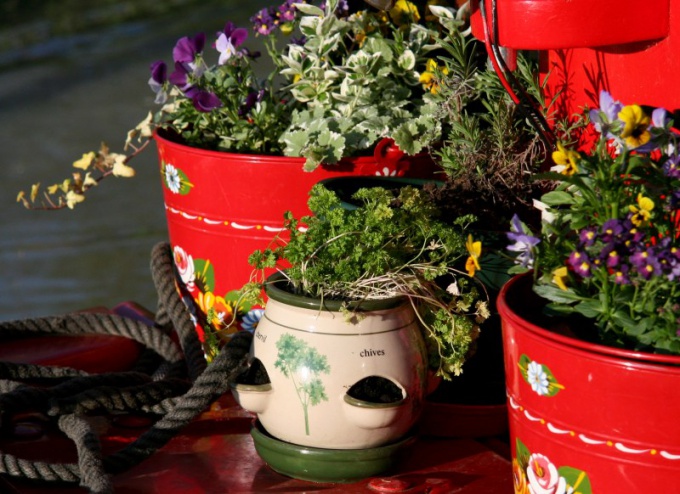You will need
- - a good land;
- - pot of a smaller size;
- - separated the filtered water;
- - lemon juice or oxalic acid;
- pan;
- - a colander.
Instruction
1
Try to water the plant a little less, to make good drainage, clean out the holes in the bottom of the pot. It is possible that the plant just doesn't have time to absorb all the water, and it evaporates from the earth's surface, forms a salt Deposit. Replace often scant irrigation to a rare, but abundant, full irrigation of all soils.
2
If more glaze rare not helped to get rid of mold in the pot failed, transplant the plant in a pot smaller (if you see that the roots occupy only a part of the land). You can do without a full transplant, just replace the top layer of soil in the pot.
3
Pot wash thoroughly and rinse with boiling water. If possible, boil it whole in the pan or bucket of water. Then dry on the bottom pour gravel or ground brick to provide drainage.
4
New land before falling asleep calcined in the oven or on the stove or steam to destroy all the germs and spores of mold. Note that even the purchase of land is often contaminated, therefore requires additional processing. To steamed the ground, pour it into a colander and place over a saucepan with boiling water. Keep until the earth will become hot.
5
Water the plant only soft water. To do this, pour water in the tank for 1-2 days and leave to settle. Never water your plants with water from the tap is very bad for them. If possible, pass water through the filter with the ion exchanger, the water will be enriched with useful potassium, chlorine, calcium and magnesium will be less.
6
Once a month, watering plants with water with addition of 1-2 drops of lemon juice per liter. You can also use oxalic acid, but try not to add too much.
7
Ensure the normal humidity in the room, because the dryness can be one of the causes of plaque in a flower pot. The best solution is to buy ion air humidifier, but you can just leave the radiators wet towels at night.
